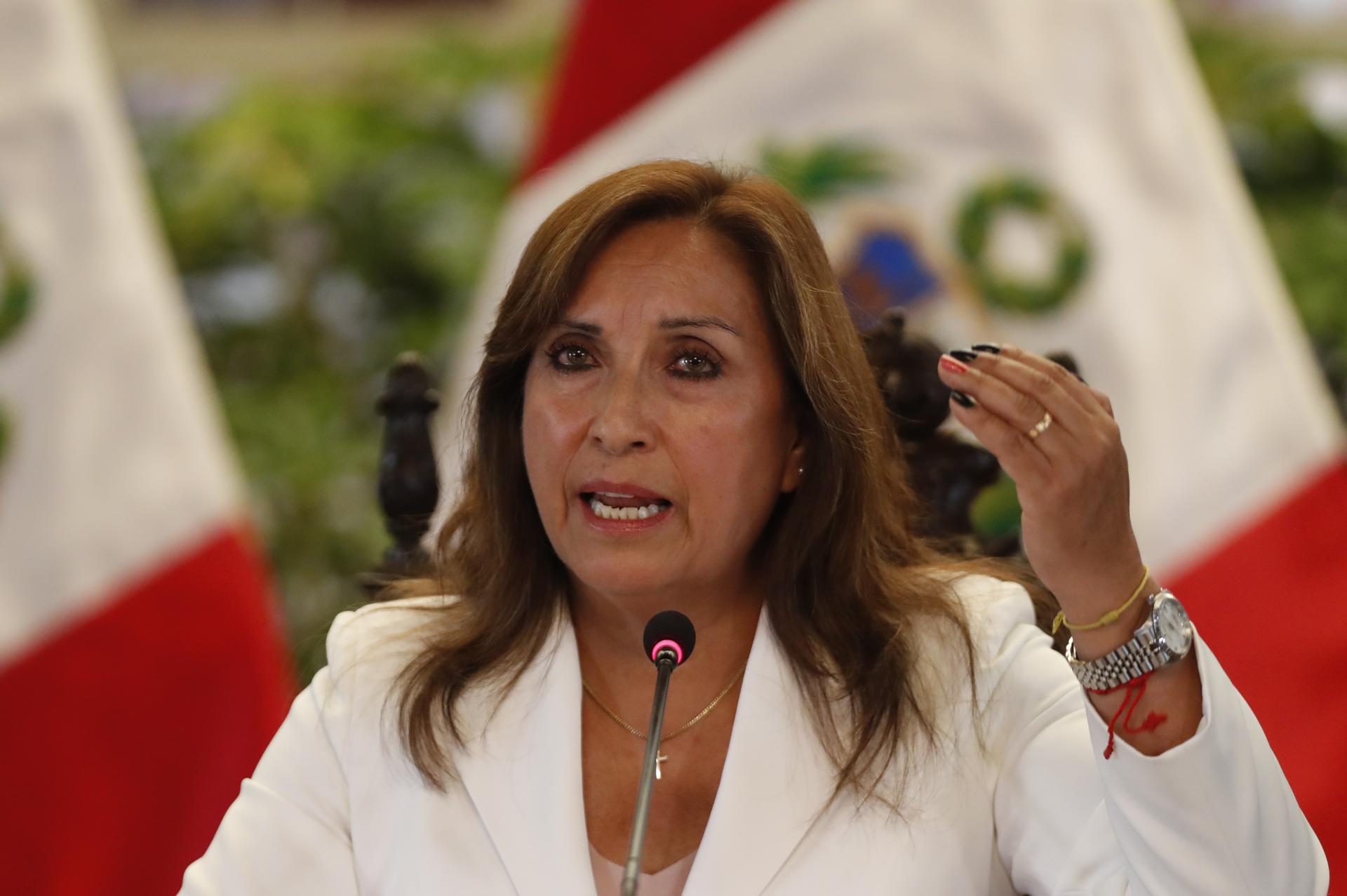Latin America facing Venezuelan migration: what is expected in the coming months?
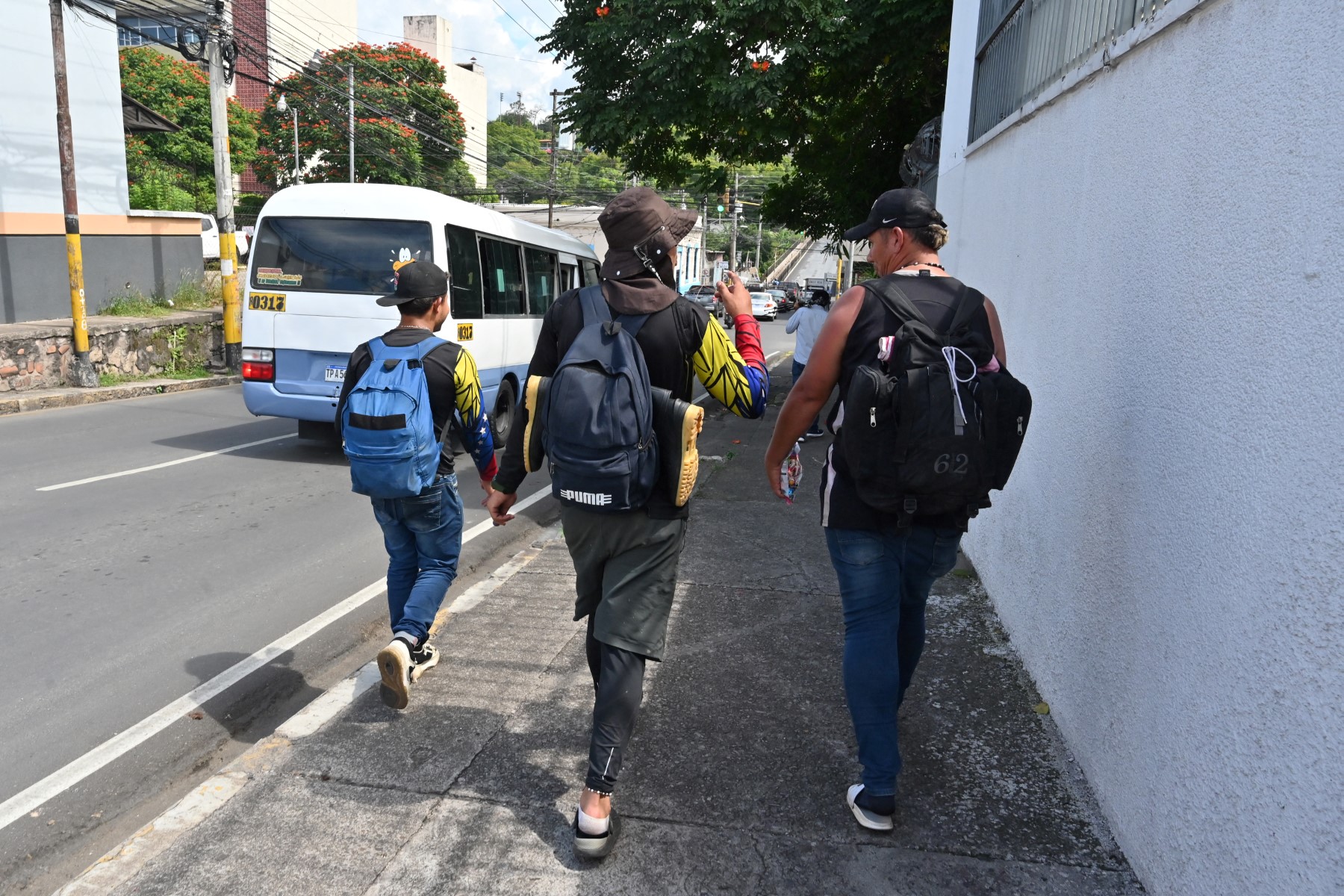
It has been almost four months since Nicolas Maduro won the presidential election in Venezuela, a disputed victory as the government did not publish evidence of his victory.
Before the elections, the pollster ORC Consultores projected that 18% of the Venezuelans I would be willing to migrate within six months if Maduro retained power. That would be added to the almost 7.7 million Venezuelan migrants and refugees who already live around the world, 6.5 million of them are in Latin American and Caribbean countries, according to the R4V Platform, an interagency coordination instrument for Venezuelan migration.
As political repression continues after the elections in Venezuela, some analysts express concern about a new wave of Venezuelan migration to other Latin American countries.
In August and September, there was an increase in the migratory flow to border countries such as Colombia and Brazil, “with a significant increase in refugee requests in the context of post-electoral repression in Venezuela,” said María Gabriela Trompetero, researcher and professor at migration issues at the University of Bielefeld, Germany.
Trompetero pointed out that “in Colombia, they presented 1,693 asylum applications between July 28 and September 19” and “in Brazil the net balance of entries and exits of Venezuelans showed an increase of 28.6% in August, reaching 1,933 refugee requests, the highest number recorded between January and August of this year.”
On the Darién route, a 100-kilometer jungle and dangerous border crossing between Colombia and Panama very popular among migrants from around the world, Venezuelan migration taking the route too grew in September. According to Trompetero, “although the largest migratory flows of the year have not been recorded in this area, since July 28, a growing trend has been identified.”
According to the researcher, the response to the migratory surge from the countries of the Latin American region “has been diverse.”
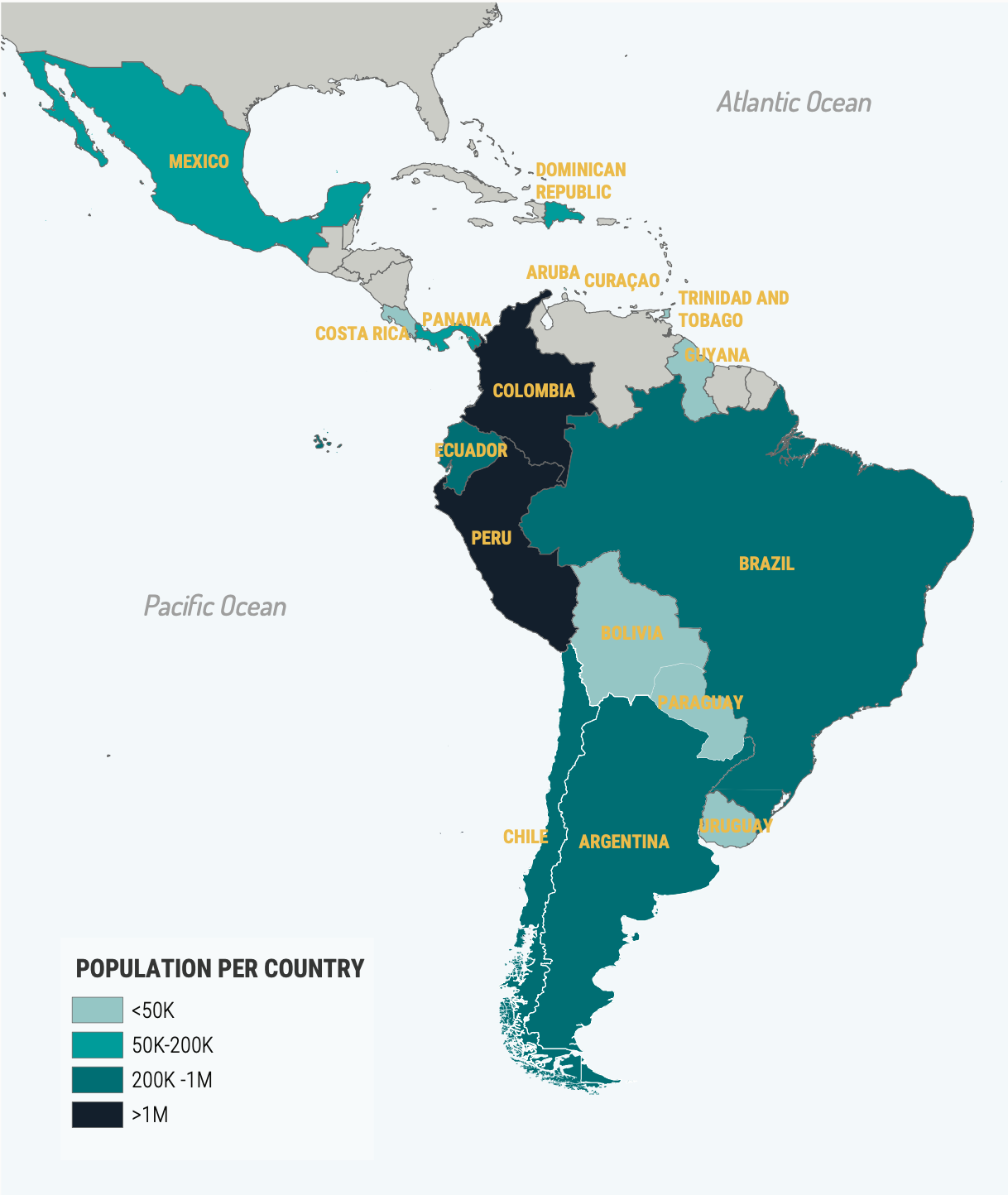
Map showing the population of Venezuelan refugees and migrants in host countries in Latin America. Image source: R4V Platform
What are countries doing in the face of a possible increase in the flow of Venezuelan migration?
Although some countries in the region have not experienced or recorded unusual increases in Venezuelan migration following the elections, many have adopted regularization and “securitization” measures, which tend to frame migration as a threat to national security.
The R4V Platform notes that although Peru and Chile did not observe “unusual population movements,” their governments “they adopted “securitization” measures in the face of the possible arrival of more Venezuelan migrants, increasing border controls and increasing the military presence in the Chilean case,” said Trompetero.
In addition to the increase in “securitization” in some countries, Venezuelan migrants also face immigration challenges abroad thanks to the political repercussions of the presidential election.
Following the condemnation of the Venezuelan election by several governments in the region, the Maduro regime broke diplomatic ties with Argentina, Chile, Costa Rica, Peru, Panama, Uruguay, Dominican Republic and El Salvador.
This decision caused the expulsion of the diplomatic corps from each country, as well as the closure of several embassies and consulates in the region, which exacerbates the difficulties of Venezuelans in these countries to process necessary documents and receive consular services.
For example, in Panama, Venezuelan migrants will have permitted use expired passports to carry out procedures for six months. “However, the government has announced that it could begin the deportation of Venezuelan citizens to third countries,” said Trompetero.
In September, Argentina implemented a Special Migration Regularization Regime “that allows Venezuelan migrants to regularize their status with expired documents and other flexibilities,” explained the researcher. The regime applies to those who were in the country before September 20, 2024 and to those who enter regularly after that date, but will only be available for 90 days.
As Venezuela becomes more isolated in the region, Venezuelan migration faces greater obstacles to regularization.
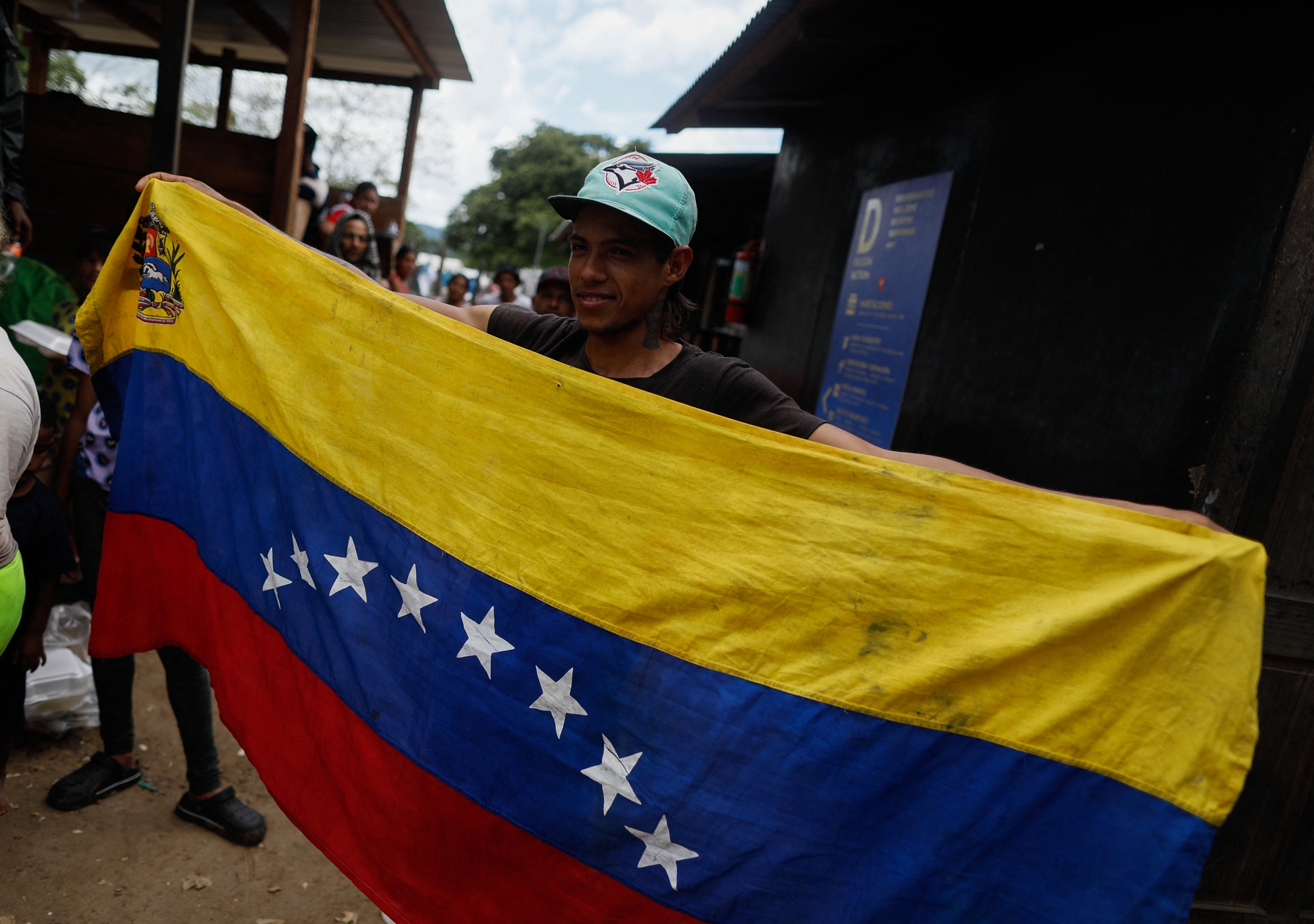
A Venezuelan migrant advances through the Darien towards the United States. Photo: Roberto Cisneros / AFP
What do nearby neighbors do with Venezuelan migration?
Colombia is the country with the largest number of Venezuelan migrants, with more than 2.9 million Venezuelans in January 2024.
According to the political risk consultancy Colombia Risk Analysis“during August the increased flow of Venezuelan citizens entering Colombia compared to the same month in 2023. “This was also the highest number of Venezuelan migrants entering Colombia this year.”
“However, during September, the number of entries of Venezuelans to Colombia decreased significantly, which suggests that in the remaining months of the year entry and exit numbers will remain very similar to those of the months prior to August,” the consultant told him. to Latin America Reports.
On August 27, the Ministry of Foreign Affairs advertisement that was working on a new permanence status for Venezuelan migrants, instead of extending the 2021 Temporary Protection Statute. “This new ‘category’ would be granted to migrants who are already within Colombian territory,” said Colombia Risk Analysis.
Among these new measures for regularization is “the Visitor Visa, which could benefit people who left Venezuela after July 28,” said Trompetero.
However, Trompetero stressed how the refuge system in Colombia “continues to be slow and precarious: applicants are not allowed to work while they wait for a response, a process that can take three years or more.”
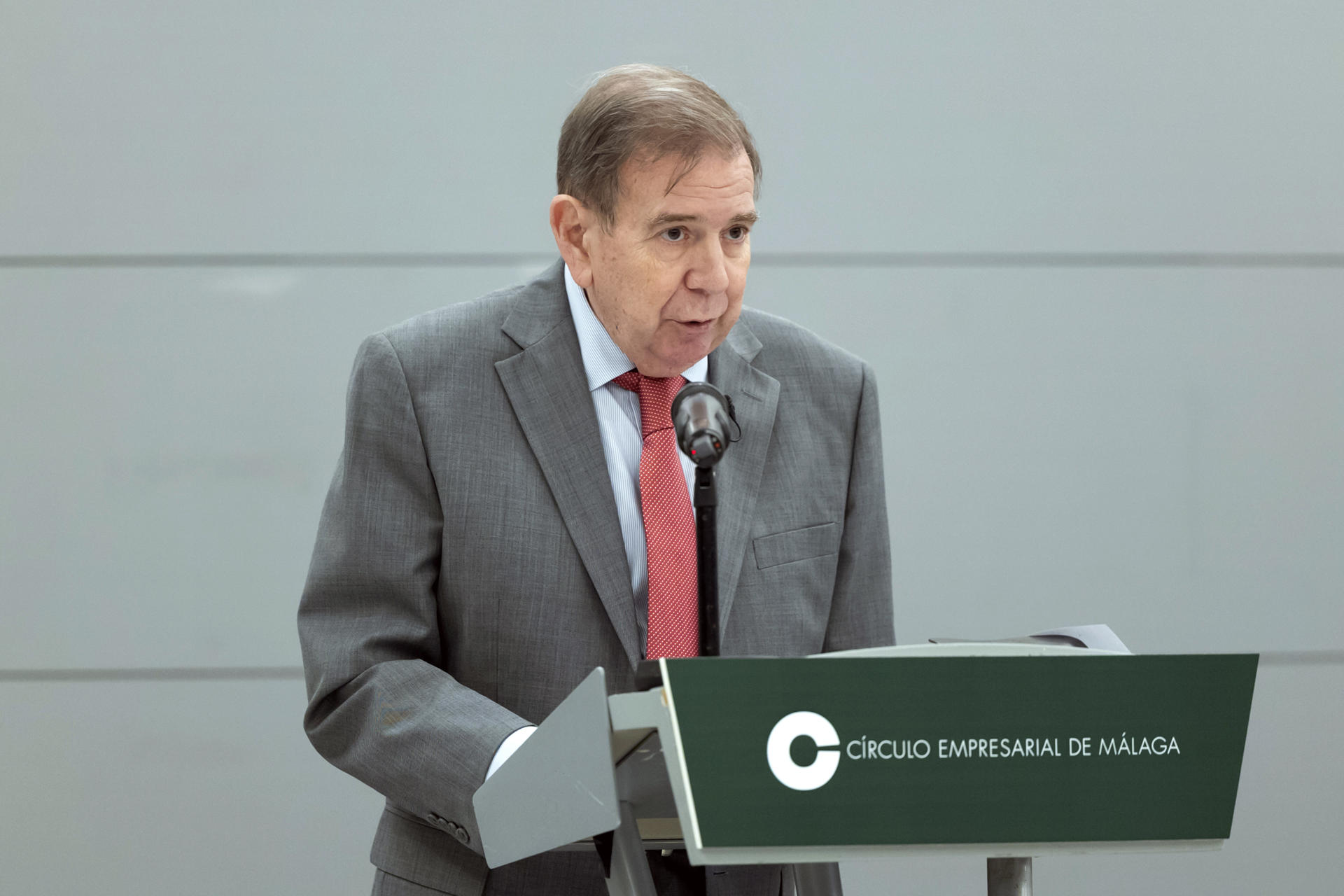
Edmundo González Urrutia, exiled in Spain, during his participation this Monday in a forum organized by the Málaga Business Circle – EFE/Daniel Pérez
January 10, 2025: another key date
On January 10, 2025, the new presidential term will be inaugurated in Venezuela. While Maduro is determined to begin his third consecutive term, opposition leader María Corina Machado is convinced that Edmundo González Urrutia, who according to the minutes published by the opposition and reviewed by external electoral observers won the elections by a wide margin, will be sworn in as president.
Trompetero considers that the number of people leaving Venezuela “may continue to increase after January 10, 2025 as some people still hope for a possible political change or organize to have more financial resources to start the migration process.”
Colombia Risk Analysis agrees, since based on the figures it is believed that, once Maduro is positioned in January 2025, the number of Venezuelan citizens entering Colombia will increase during the months of February and March.
This means, according to Colombia Risk Analysis, that “Colombia will continue to be a transit country for Venezuelan migration, which implies that routes such as Darién and other emerging connections with Brazil and Peru will experience a greater flow of people for the following year.”
Xenophobia and the value of migrants
Studies by the International Organization for Migration (IOM), as well as other research centers, have proven that migration has a positive impact on the economies of host countries in Latin America in the medium and long term.
Trompetero believes that the positive impact of Venezuelan migration could be “even greater if all forcibly displaced people were in a regular situation and could access the formal labor market, performing in the areas for which they are qualified.”
“If countries continue to opt for closure and ‘securitization’ policies, this potential will not be fully realized,” Trompetero said.
Furthermore, if some leaders in the region continue to issue xenophobic speeches against the migrant population, such as the recent statements of the president of Peru, Dina Boluarte, who continues to link Venezuelan migrants with crime without empirical basis, Trompetero believes that “discrimination will continue to increase, exacerbating social tensions in host communities and pushing displaced people to seek “new destinations, like the United States, through dangerous routes like the Darién jungle.”
Additionally, the researcher considers that the recent election of Donald Trump as US president “will increase pressure on Latin American countries to contain migrants and refugees, thus stopping their movement to the United States.”
In turn, “this will further complicate a scenario that demands multilateral responses with a focus on human rights, flexibility of requirements and migration regularization and integration policies,” Trompetero concluded.
By Isabella Lapadula. RIntern eporter Latin America Reports. Originally from Caracas, she studies history and literature at the University of Edinburgh and has written about immigration issues for Migrant Women Press, FreshAir Radio and The Broad Onlinethe student newspaper of the University of Edinburgh.
Independent journalism needs the support of its readers to continue and ensure that the uncomfortable news they don’t want you to read remains within your reach. Today, with your support, we will continue working hard for censorship-free journalism!

